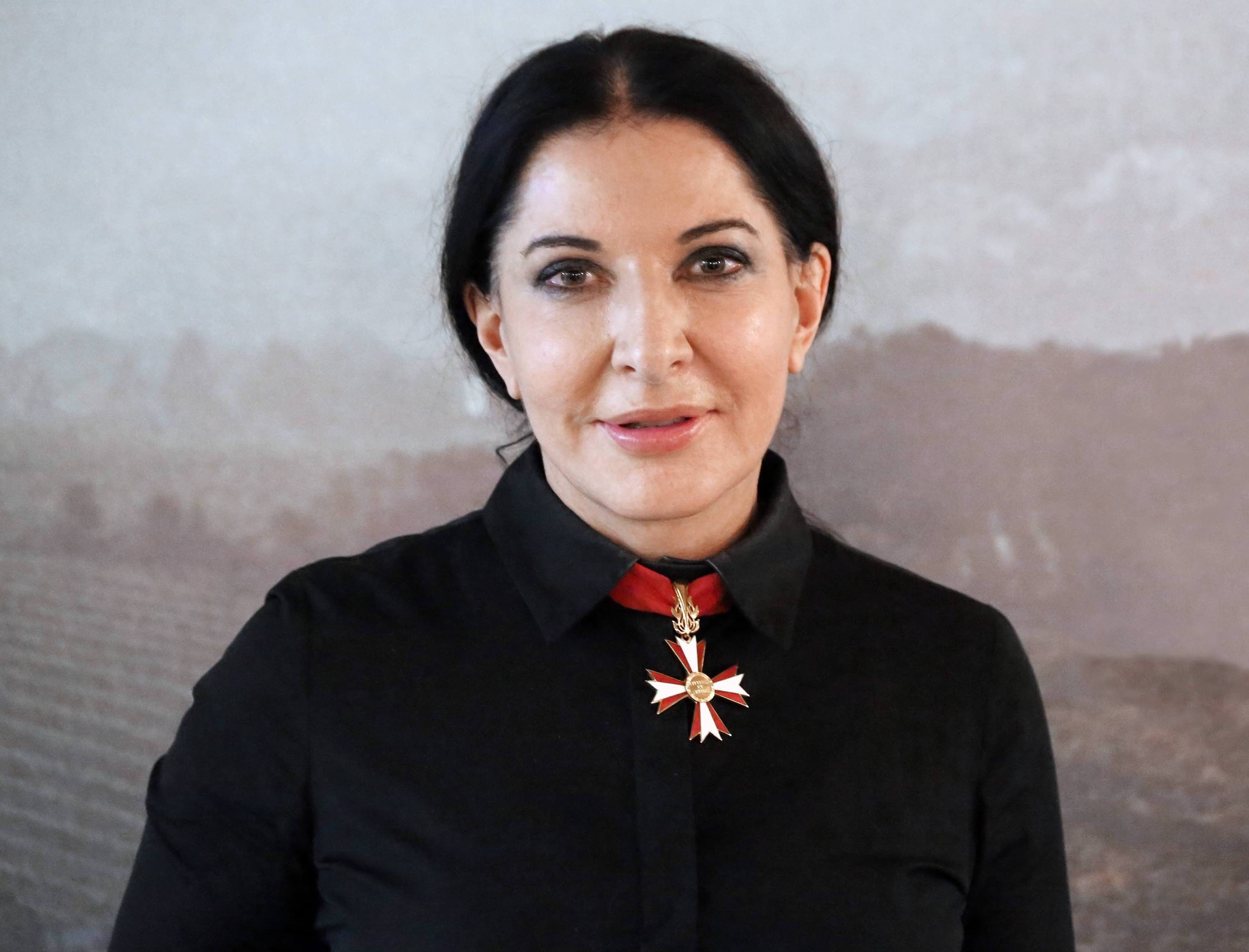Marina Abramovi?’s Rhythm 0
The Fragile Space Between Choice and Consequence
In 1974, Marina Abramovi? turned herself into a living experiment on morality. For six hours in a Naples gallery, she stood silent and still beside a table laid with 72 objects—a careful mix of tenderness and threat.
There were roses, honey, perfume, and a feather boa.
There were scissors, chains, knives, and a loaded gun with a single bullet.
A sign invited visitors to use these objects on her however they wished. She would not resist. She would take full responsibility.
This was not theatre—it was truth on display.
???? A Descent Into Duality
At first, visitors acted with gentleness. They placed flowers in her hands, kissed her cheek, and moved her delicately.
But over time, curiosity turned to boldness. Her clothes were cut away. Insults were scrawled on her body. Needles pricked her skin. One visitor even loaded the gun and aimed it at her head, only to be stopped by others.
All the while, Abramovi? remained motionless—a mirror reflecting their choices.
When she finally moved at the end of six hours, the audience scattered, ashamed to meet her gaze.
???? The Experiment’s Lesson
The power of Rhythm 0 is not in shock value but in what it reveals. By removing rules and consequences, Abramovi? showed a deep truth:
Cruelty is not an aberration. It is a potential. So is care. The difference lies in the space between stimulus and response.
This fragile “space,” as Viktor Frankl described, is where our humanity lives. In that pause, a person can choose to lift a rose—or raise a gun.
???? Reconciling Care and Cruelty
Abramovi?’s table symbolized the duality within us all. Beauty sat beside violence, just as empathy and aggression coexist in human nature.
Psychology and history show that:
Cruelty thrives in anonymity, detachment, and permission.
Empathy blossoms when we humanize others, pause before acting, and create systems of accountability.
To reconcile these forces, we can:
Pause: Give ourselves time to respond with thought, not impulse.
See the Other: Humanize those before us to awaken compassion.
Shape Environments: Build cultures and laws that protect empathy.
Practice Kindness: Treat empathy like a muscle that grows stronger with use.
???? A Universal Warning
Although Rhythm 0 took place in an art gallery, its meaning goes far beyond art. It shows that morality is not fixed—it is a choice we make in every moment.
When systems fail, or when people are reduced to objects, cruelty feels inevitable.
But the same space can also give rise to extraordinary courage and care.
???? Closing Reflection
Rhythm 0 reminds us that humans are capable of both extraordinary tenderness and shocking cruelty, side by side. Which side emerges depends on the space we create between stimulus and response.
In that pause lies everything: our humanity, our choices, and the hope of a different outcome.
Cover photo By Manfred Werner / Tsui - Own work, CC BY-SA 3.0, https://commons.wikimedia.org/w/index.php?curid=22588160



